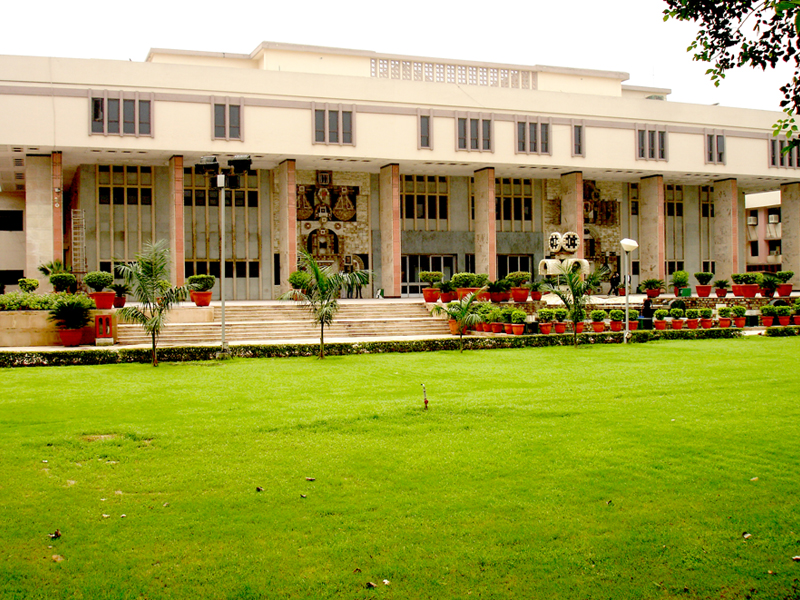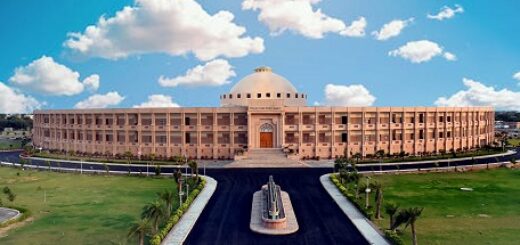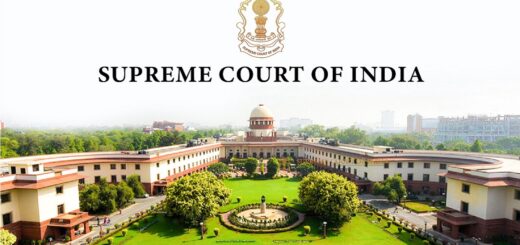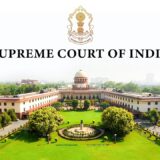When a document is already in the record but is incomplete, submitting the complete version does not count as new evidence that needs to follow Section 173(8) of the CrPC, according to the Delhi High Court.

The Delhi High Court ruled that if a document is already in the record but is incomplete, providing the complete version does not count as new evidence that needs to follow Section 173(8) of the CrPC. The Court rejected a Petition from an Accused who wanted to overturn a Special Court’s Order (PC Act) that allowed the Prosecution to add more evidence late in a bank fraud case. The Bench supported the Trial Court’s choice, stating that submitting a complete screenshot from the Finacle System was a procedural mistake, not new evidence. Justice Chandra Dhari Singh noted, “Based on the discussions above, this Court concludes that providing the complete screenshot of the OHDTM menu from the Finacle system, which records cash deposit transactions with details like amounts, timestamps, and voucher numbers, does not mean introducing new evidence that needs to comply with Section 173(8) of the CrPC; it is simply correcting an unintentional error.”
Advocate Hitender Kapur represented the Petitioner, while SPP Rajesh Kumar stood for the Respondent. The Deputy General Manager of Bank of Baroda lodged a complaint about financial misconduct at one of its branches during the demonetization phase. The Central Bureau of Investigation (CBI) charged the Accused, a Single Window Operator (SWO) at the bank, with multiple offenses under the IPC and the Prevention of Corruption Act, 1988. The Prosecution had finished presenting its evidence, and the Trial was at the final argument stage when the CBI requested to submit a complete screenshot from the OHDTM menu of the Finacle System, which had been missed earlier. The prosecution claimed that this additional information was vital to connect the accused to the alleged forged transactions. The trial court accepted the document and allowed four witnesses to be recalled for further examination.
It was stated that Section 311 of the CrPC does not allow for new documentary evidence to be added, and that the Prosecution did not adhere to the procedure outlined in Section 173(8) of the CrPC.
The High Court needed to decide if the complete screenshot of the OHDTM menu was new evidence that required following Section 173(8) of the CrPC. This section mandates a supplementary chargesheet and allows for “permissible rectification” of any oversight in evidence, without the need for the procedural safeguards of further investigation. Thus, the Court had to assess if the additional information in the complete screenshot from the Finacle System significantly affected the prosecution’s case or the defense of the accused, which would necessitate compliance with Section 173(8) of the CrPC, or if it simply clarified existing evidence.
The Court noted, “The difference between fresh evidence and rectification is well understood in the legal rules for criminal trials. Fresh evidence usually means new information that was not part of the initial investigation and changes the prosecution’s case by adding new facts or claims against the accused. This type of evidence typically arises from further investigation and requires adherence to Section 173(8) of the CrPC, as it adds to the original investigation.” The Court further explained, “Rectification, however, is about correcting an omission, error, or incomplete evidence that was already gathered during the investigation. It does not introduce new aspects to the case but ensures that the existing evidence is shown in a complete and accurate manner.”
The Court explained that it needed to determine if the accused/petitioner faced any disadvantage in their defense or if the objection to the full document was just a technicality. The Court concluded that presenting the full screenshot did not bring in new evidence. The document was already part of the record, albeit incomplete, and completing it did not add any new claims or change the prosecution’s case significantly. Therefore, the Court stated that the Trial Court’s decision to allow the prosecution to present the full screenshot was legally valid, followed proper procedures, and was essential for ensuring the best evidence was available for the Court’s decision. As a result, the High Court dismissed the Petition.
Cause Title: Sonu v. Central Bureau Investigation (Neutral Citation: 2025:DHC:971)
Appearance:
Petitioner: Advocates Hitender Kapur and Yatin
Respondent: SPP Rajesh Kumar; Advocates Mishika Pandita and Mohd Changez Ali Khan









